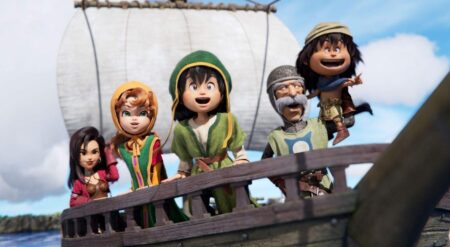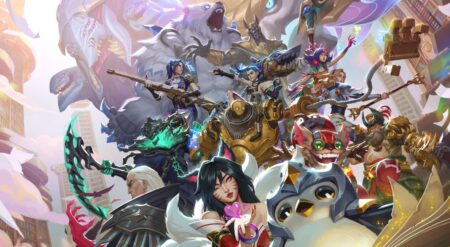Digimon is a quintessential childhood memory, and I’ve kept up with the emotional releases of new films throughout the years. Still, when it came to the video games, I tended to stay away. Much of it was my worry about how the games would capture companionship, which has defined the series for me and set it apart from others to which it has been compared. Still, we played Digimon Story: Time Stranger during Summer Game Fest Play Days, and I’m so glad I did. Published by Bandai Namco and developed by Media Vision, Digimon Story: Time Stranger is promising on all fronts.
To start, Digimon Story: Time Stranger is just a massive RPG. The ambition is evident from the moment that the Bandai team had me begin walking through Central Town, the game’s main hub. The verticality of the world is sweeping, and the digimon that inhabit the world are just walking around, talking, and living their lives. The developers have created a lived-in Digital World that captures the charm of Digimon as a whole and allows the players.
The game’s scale is backed up by the fact that the game will feature 450 Digimon, but visually, these aren’t just Digimon thrown into a world waiting to be found. They’re creatures inhabiting a space and making it feel like any other town you would enter in a game, even if they aren’t human. As we walked around the world, choosing battles with Digimon as I followed the marker to my mission, I needed to travel to a different section. To do so, Pegasusmon picked me up.
The game’s central hub is bustling, beautiful, and alive.
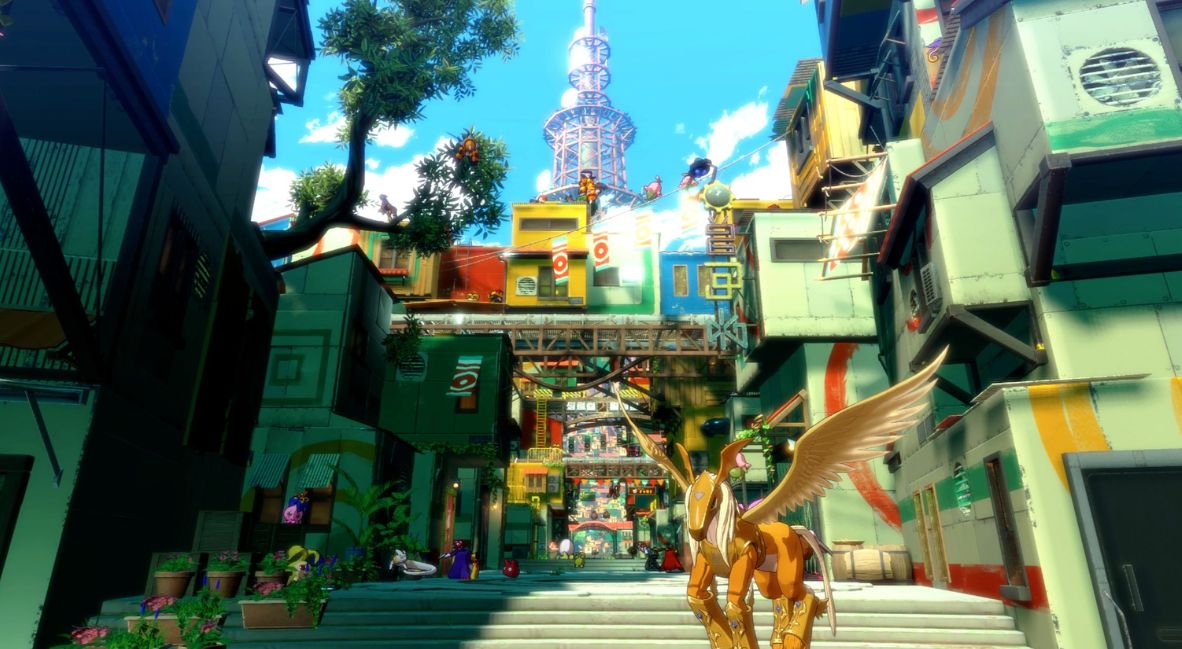
It’s here where it hit me for the first time. Not only is the scale of Digimon Story: Time Stranger large, but the Digimon themselves are accurate in height, which has varied across media. The developers mentioned that character models had been completely rebuilt from the ground up. And they’re gorgeous. Pegasusmon is one clear moment where it shines. Add in the fact that you can use a mount and it’s wonderful to feel so small in the digital world.
When it comes to the story, Digimon Story: Time Stranger begins in Tokyo, Japan, where the protagonist, an agent of the secret organization ADAMAS, investigates anomalous phenomena. As this agent, you can pick between agents Dan Yuki or Kanan Yuki, unlike titles where the one you don’t choose has no story consequences. Instead, the unchosen character serves as an operator, providing instructions and advice from headquarters.
Their journey begins when they encounter an unknown creature, a “Digimon,” in a government-sealed area of Shinjuku. This encounter leads to a mysterious explosion, throwing the protagonist eight years into the past and into the Digital World. As an ADAMAS agent, your objective is to identify and prevent the cause of this impending world collapse.
Media Vision takes no time to put humans and Digimon on equal footing.
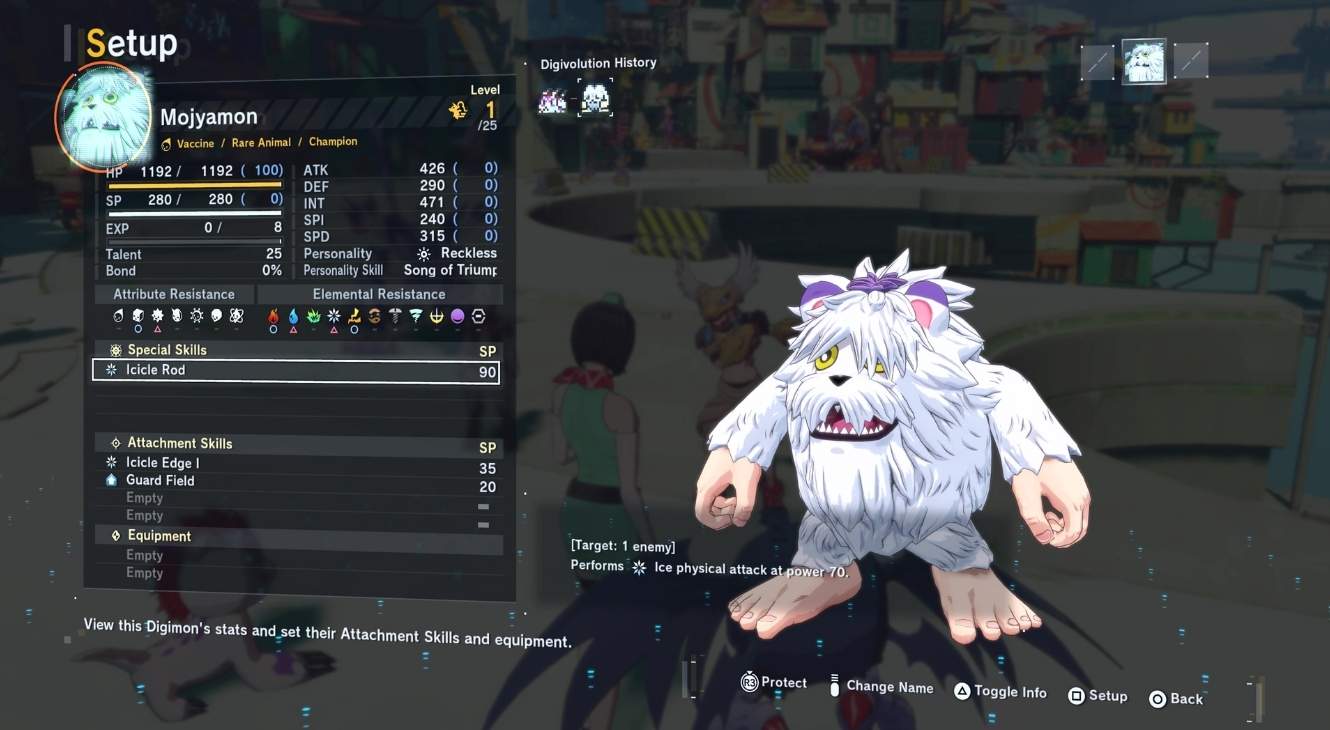
Only to do so, Digimon Story: Time Stranger will push the player to explore bonds and conflicts arising from the intertwining of “Past and Future,” “The Human World and The Digital World,” and “Humans and Digimon.” While the setting will span both the Human World (primarily Shinjuku and Akihabara) and the Digital World: Iliad, we only got to walk through the latter of these, and more specifically, Central Town.
To help you on your journey, you’re joined by Inori Misono, who the developers described as a kind-hearted high school girl whose past is linked to the protagonist’s adventure. She accompanies you through the story along with a Digimon named Aegiomon.
Aegiomon encounters the protagonists in the human world and partners with Inori. In battles, Aegiomon will join the player’s party of three Digimon as an extra battle member, making them a reliable companion. In my playthrough, he was also the party member who would seal the fight and secure a win.
Digimon Story: Time Stranger invests a lot into combat systems, and it shows.

With Inori and Aegiomon, this is the first time the player sees Digimon and humans on equal footing. As I listened to the devs talk about the duo and how they will assist you in your journey, it was clear that their value was equal. They were both characters to care for, and ultimately, that goes a long way in bringing home Digimon’s signature connection between two worlds.
Still, this wasn’t what our demo focused on. Instead, we focused on looking at the Digivolution system and combat. We were set up for our demo with the starter Digimon: Paramon, Gomamon, and DemiDevimon. In addition to those starters, you also have Minervamon, a war maiden who has decided to aid you in your adventure. Her valkyrie-inspired design is a standout, but when you take her design with Aegiomon, it’s clear how much originality and creativity Media Vision has put into the game in addition to honoring the franchise.
The combat system works on a rock, paper, scissors system with its main Digimon types: Data, Virus, and Vaccine. This sets up an essential element to weigh when fighting a new opponent and choosing which Digimon to lean on (which you can change out at any time with no turn penalty). Vaccine beats Virus, Virus beats Data, Data beats Vaccine.

To add to this, though, elemental types are tied to each Digimon’s different abilities. This creates a robust matrix for combat that pushes the player to be more involved. Instead of just choosing your party and going, you need to balance even your favorite Digimon against multiple factors for the best results. Additionally, when engaging in boss battles, some bosses will switch their vulnerabilities and force you into rethinking your party composition.
But that isn’t where Digimon stop when it comes to detailing who they are. They also have personality types that impact their stats and demeanor. While we didn’t get to go too much into this area or see how it will impact party composition, just knowing that the team put so much thought into making the Digimon be seen as any other character feels enormous.
However, because your Digimon will receive passive experience, they will always trend toward leveling up, even when not in battle, even if it is slower. But since you can switch out your party at any time without penalties, that takes a turn, making the combat active even between turns.
Digimon Story: Time Stranger seems to have something for everyone.
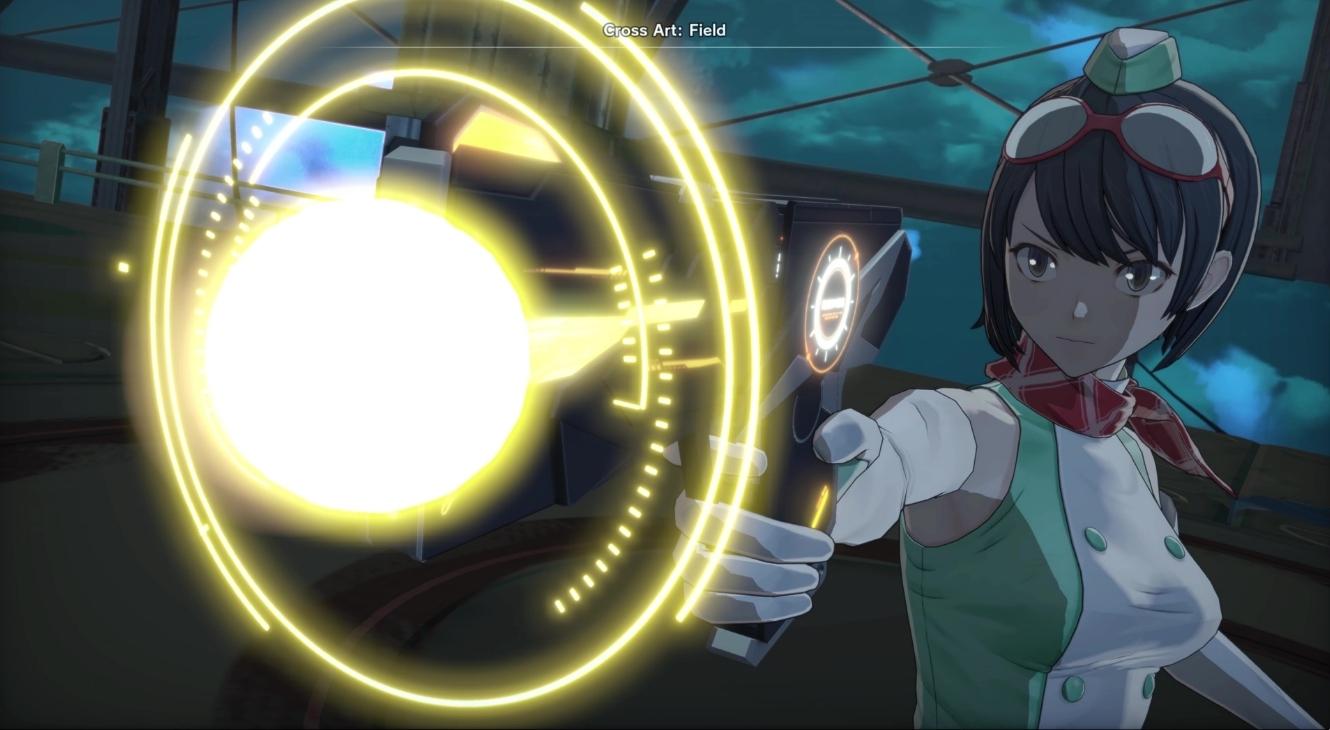
And for those of you who are impatient (hi, that’s me!), you have options too. When you’ve played through scenarios with specific Digimon and you’re not looking to replay the same animations, you can speed up the process to help condense the turn speed. This is ultimately a fantastic quality of life element that will keep players in the grind without making them tap out, like others in the “monster collecting” genre.
But if combat diversity and setting your own pace doesn’t excite you, Digimon Story: Time Stranger can also meet two different types of players where they need it. On the surface, this game captures the pure nostalgia of those of us who fell in love with Digimon by watching it in the morning.
It’s a beautiful and vibrant new world to explore with an artistic design that doesn’t stop at what is directly in view. The building has layers and depth; it is a living world. The Digimon’s stature and demeanor help create individual characters, not tools.
But if you don’t have that emotional connection to Digimon, Digimon Story: Time Stranger seems like a deep RPG, with an intriguing story, a strong take on combat, and a beautiful world. The reality is that while I was looking forward to Digimon Story: Time Stranger, having entered the world once, I am desperate to go back. This will be the Digimon game that makes me finally jump into Digimon games, and that’s beyond exciting.





